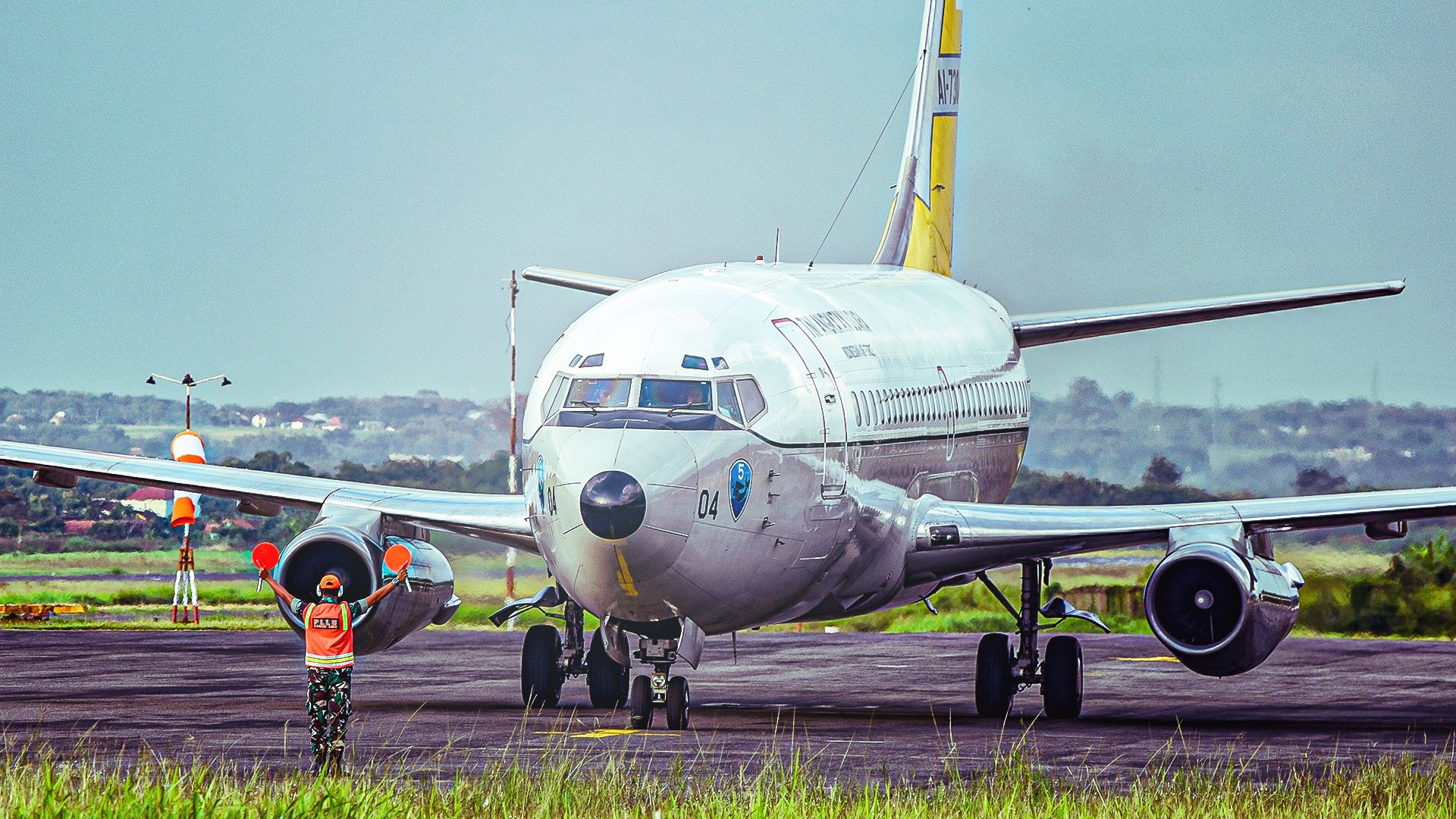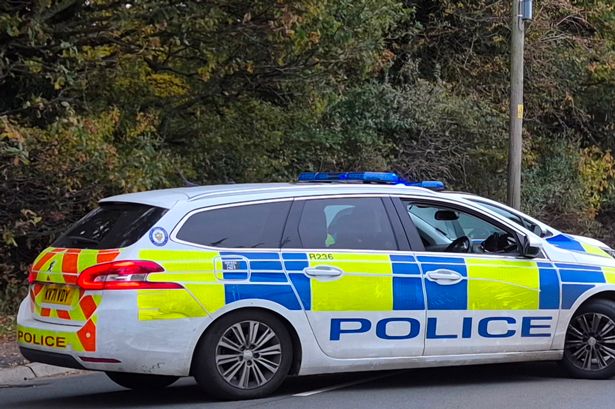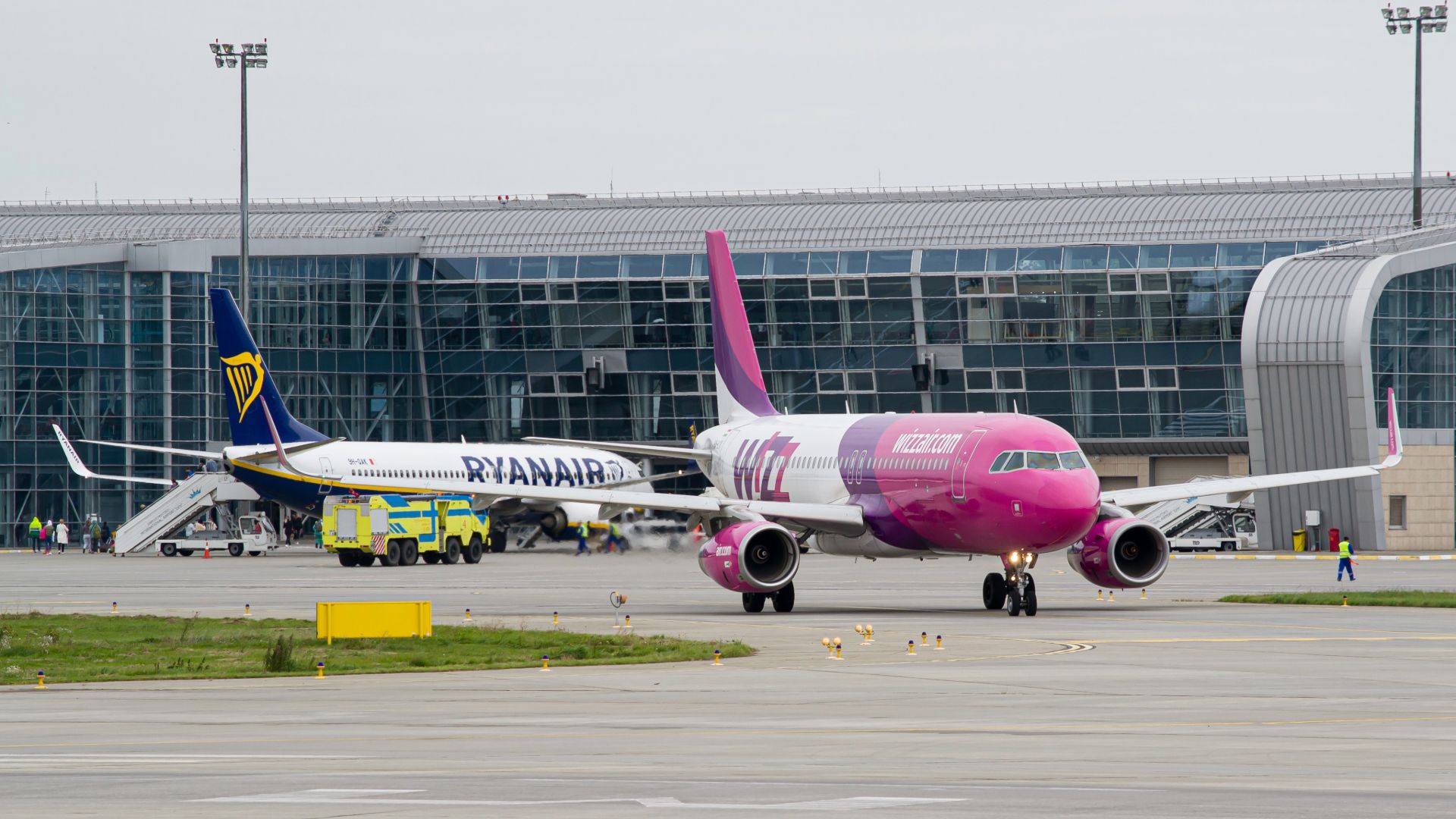URGENT UPDATE: Aviation enthusiasts and travelers can now quickly identify different Boeing 737 variants as new detailed spotting guides have just been released. With the aircraft family being the world’s best-selling commercial jetliner, understanding these distinctions is more relevant than ever for spotting at airports and during flights.
As of October 2023, The Points Guy highlights that even minor design changes in engine shape, winglets, and fuselage length can help spotters immediately recognize the variant they are observing. This is crucial, especially as airlines like Southwest Airlines and Ryanair frequently operate multiple models in similar liveries.
The Boeing 737 family includes four main generations: Original, Classic, Next Generation (NG), and MAX. Each version brings its own unique visual features that can be distinguished at a glance, making it essential for enthusiasts to familiarize themselves with the details.
Identifying Key Boeing 737 Generations
The earliest models, including the 737-100 and 737-200, feature shorter fuselages and smaller engines. In contrast, more modern variants like the 737-800 and MAX 8 are characterized by their larger wings and advanced cockpit systems. The Classic series, introduced in 1984, is easily recognized by its “hamster pouch” engine nacelles, a crucial identifier for fans.
Spotters can easily differentiate between the Classic and Next Generation models by looking at the engine nacelles and winglets. The NG models feature smoother nacelles and blended winglets, reflecting the aerodynamic improvements of the late 1990s. Observing door layouts can also help, as the 737-400 has two over-wing exits, while the 737-300 has just one.
The MAX Series: A New Era of 737
Launched in 2017, the MAX series stands out with its larger, quieter engines and unique split-tip winglets. These features make the MAX easily identifiable even from a distance. The engines are mounted higher on the wing, and the tail cone is more sharply tapered, providing a distinctive profile compared to its predecessors.
Spotters can now use specific cues, such as the serrated edges of the MAX’s nacelles, to confirm they are viewing this modern variant. The tips shared by online communities on platforms like Facebook and Reddit emphasize practicing with side-by-side comparisons to sharpen identification skills.
Maximizing Spotting Accuracy
Experts recommend focusing on physical design cues rather than relying on paint schemes or registration numbers. Noting the number of doors and window placements can provide reliable identification, especially when lighting conditions are challenging. Spotters are urged to document their experiences and compare notes with fellow enthusiasts to continually improve.
Online resources and community discussions are proving invaluable for learning the distinctions between various Boeing 737 types. Regular practice and engagement in aviation forums are helping spotters enhance their skills, making the identification of any 737 variant second nature.
As more enthusiasts take to the skies, the demand for accurate identification tools grows. This timely guide on Boeing 737 variants equips aviation lovers with the knowledge they need to spot their favorite aircraft with confidence, no matter where they are in the world.
Stay tuned for further updates as the aviation community continues to share insights and tips for identifying the iconic Boeing 737 series!







